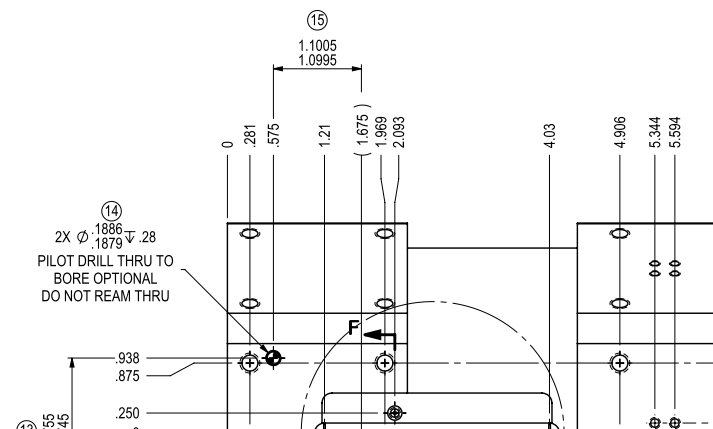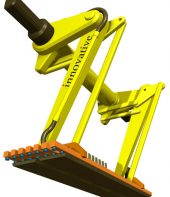Have you noticed that colleges and universities don’t teach drafting anymore?
draft•ing (dr?f't?ng) n. The systematic representation
and dimensional specification of mechanical structures.
Have you noticed that colleges and universities don’t teach drafting anymore? None. Period. Most of them have had CAD courses, but no courses in drafting. Even high-school drafting courses are few and far between.
Drafting is more than a skill, it is an art. A well-drafted drawing is a thing of beauty. It has balance, composure, and form. It is clear, intelligible, and intuitive. Poor drafting is just a cluttered, unintelligible mess prone to error and misinterpretation. The goal of a well-drafted drawing is to clearly and unambiguously communicate the form and fabrication of the design to the manufacturer.

| Key drafting skills: |
| - systematic approach |
| - selecting appropriate orthographic views |
| - choosing drawing scale |
| - selecting appropriate and consistent part datums |
| - layout of dimensions |
| - proper section views with appropriate hatching |
| - tolerance selection |
| - understanding fit, form, and function |
| - sense of balance and proportion |
CAD or Computer Aided Design, contrary to popular opinion, does not by itself create good drawings; it is simply a drafting tool. Electric erasers and T-rules were drafting tools. Coloured pencils were drafting tools. CAD is a drafting tool. CAD doesn’t aid the draftsperson any more than an eraser shield used to. Drafting is the art, and CAD is nothing more than the paint or the brushes that an artist uses.
And good drafting doesn’t take any longer to do than bad drafting. If anything, a good draftsman can work faster than a poor one, because he is systematic and direct, rather than haphazard and meandering. A well-drawn drawing is also quicker and easier to check.
Luckily the skills for good drafting practice can be taught to anyone in the technical professions. As it states in the definition, drafting is ‘systematic.’ And a system can be taught. With practice, the art can be learned, and passed-on to others.
At Applied Kinetics we practice excellent drafting. We use the latest CAD software to enhance drafting efficiency, and we train our new designers and engineers in good drafting practices. We check their drawings and point-out drafting errors and poor drafting form. In short order, they learn the art, and then they can pass it on to the next generation of engineers. In this way, we keep the art of drafting alive.
This article was authored by Steven Park, P.Eng. Mr. Park is a professional engineer with many years experience in mechanical engineering. He is a principal at Applied Kinetics Inc.



